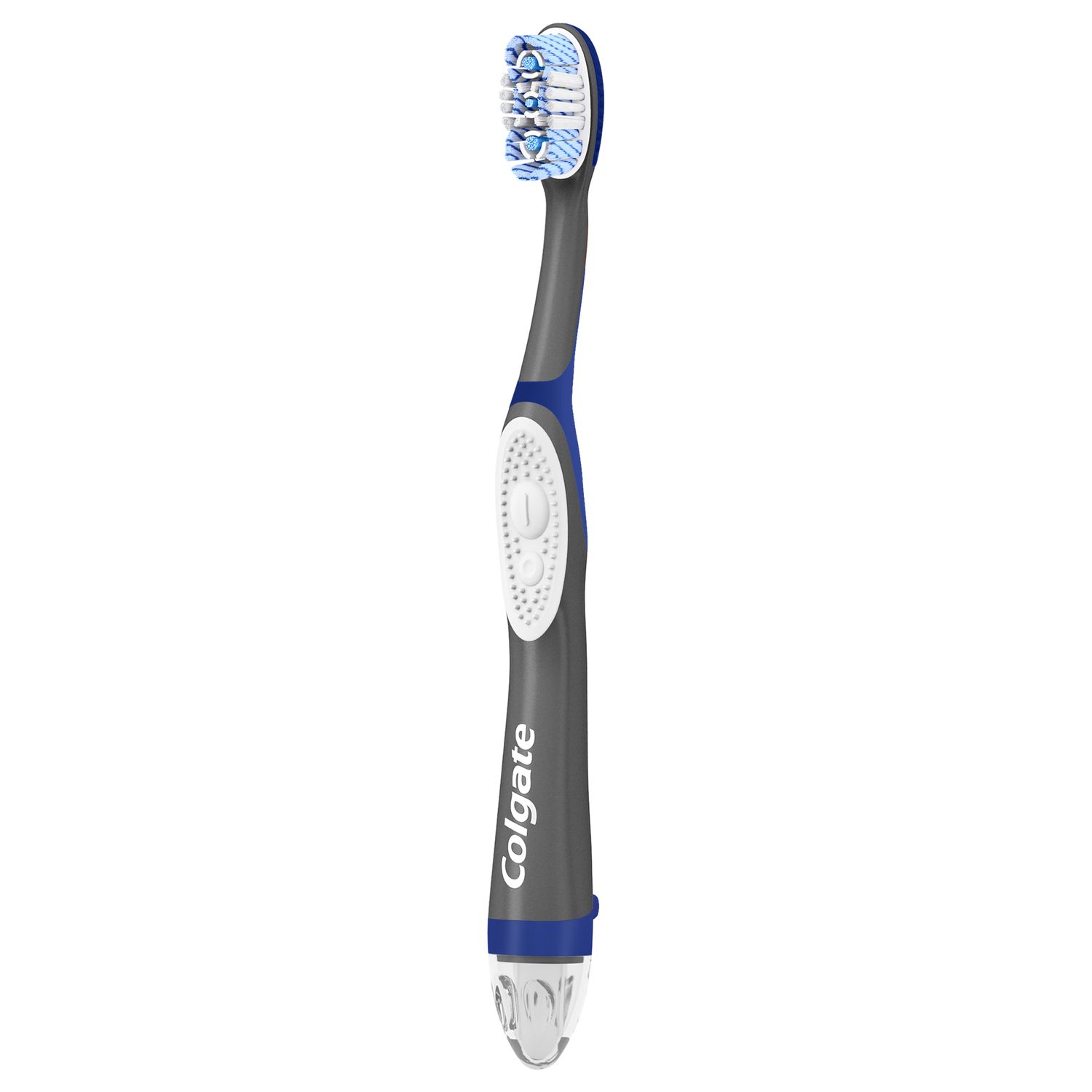When plaque (or biofilm) builds up, it can cause an infection in our gums called gum disease, or periodontal disease. While it's never a good thing to find out that we have gum disease, it's a common diagnosis to receive. Luckily, there are effective therapies for gum disease, regardless of the stage at which it's caught. It's important to speak with your dental professional about your treatment options so you can be confident you're doing everything you can to get your healthy gums back! One such treatment that many people find success with is antimicrobial therapy.
What Is Antimicrobial Therapy?
Antimicrobial therapy is a form of oral treatment used to reduce bacterial infections in your mouth. There are two types: antiseptics, which aim to prevent periodontal disease, and antibiotics, which aim to treat it.
Periodontal disease is caused by plaque. When plaque begins to build up, the bacteria in plaque can infect the gums and cause bleeding gums, painful chewing, and loose teeth. Antimicrobial therapy uses chemicals that kill plaque bacteria, helping to restore your gums to good health.
Gum disease makes you susceptible to other health issues, too. That's why it's essential to treat these infections at an early stage! You should bring a list of potential questions to your dental appointment, as it's helpful to remember that you play a pivotal role in the treatment option you choose with your dental professional.
Preparing for Antimicrobial Therapy
If you’re being treated for gum disease, antimicrobial therapy will form part of a wider treatment plan.
A common first step is root planing and scaling, where your dentist or hygienist removes plaque from the periodontal pockets using either a scaler, an ultrasonic cleaner, or a dental laser. In severe cases where periodontal pockets are deeper than usual, your dentist might perform gum flap surgery. This surgery will clean the periodontal infection from around your teeth and root surfaces. After your tooth roots have been cleaned and smoothed, it will be harder for bacteria to stick to them again, and easier for your gums to reattach to them over time.
While surgery is never ideal, your dentist will use local anesthesia to make the experience less painful. Afterwards, they might also recommend using an antiseptic mouth rinse. Let's learn how those therapies help you continue on your journey back to healthy gums.
Antiseptic Mouthrinses
Mouthrinses that contain antiseptic solutions help control the reproduction of the bacteria that grow on the gum tissue and hide in the pockets between the teeth and gums. A report published by BMC Microbiology notes that antiseptic mouth rinses can include the following ingredients:
Chlorhexidine gluconate.
Essential oils.
Metal salts.
Sn11 and Zn11.
These topical antiseptics are an easy and effective way to prevent and fight gum disease. You'll even be doing yourself an extra favor by using an antimicrobial mouthrinse, as it also helps to fight bad breath!
Local Antimicrobial Therapy
Your dental professional may use chlorhexidine to control your plaque, gingivitis, and periodontal disease. This ingredient comes as either a mouth rinse or as a chip used in scaling and root planing procedures.
Your dentist can also offer local antimicrobial therapy, which usually comes in the form of an antimicrobial gel for gums. They will insert the antibiotic gel containing doxycycline or minocycline powder under your gum tissue, then seal the area with a periodontal pack for up to 10 days.
What to Expect After Antimicrobial Treatment
Just like a strict oral health routine can prevent gum disease, maintaining one is critical after antimicrobial therapy. We recommend brushing your teeth twice a day and cleaning in between your teeth (interdental cleaning) once a day. Then top off your hard work with a swish of bacteria-fighting, breath-freshening antiseptic mouth rinse! If you've had local therapy, avoid flossing for a day or two to protect the periodontal pack location.
To determine whether your mouth has healed as expected, your dental professional will want to schedule an examination within two to three months after therapy. If they notice some issues with your healing at this appointment, they may recommend alternative ways to help the process along. Note there is a very small possibility antibiotics for your gum infection could be prescribed. Provided all is well at the follow-up appointment, your dental hygienist will determine a preventive appointment schedule that is right for you.
Remember, the best way to combat gum disease is a healthy oral hygiene routine and knowledge about prevention and treatment! Even if you've had it before, you now know how gum disease forms from plaque build-up and which antimicrobial therapies you can use to fight it. You can continue the conversation with your dental professionals about various gum disease therapies, and keep in mind that you have the power to play a pivotal role in your overall wellness and oral health!
This article is intended to promote understanding of and knowledge about general oral health topics. It is not intended to be a substitute for professional advice, diagnosis or treatment. Always seek the advice of your dentist or other qualified healthcare provider with any questions you may have regarding a medical condition or treatment.
ORAL HEALTH QUIZ
What's behind your smile?
Take our Oral Health assessment to get the most from your oral care routine
ORAL HEALTH QUIZ
What's behind your smile?
Take our Oral Health assessment to get the most from your oral care routine















